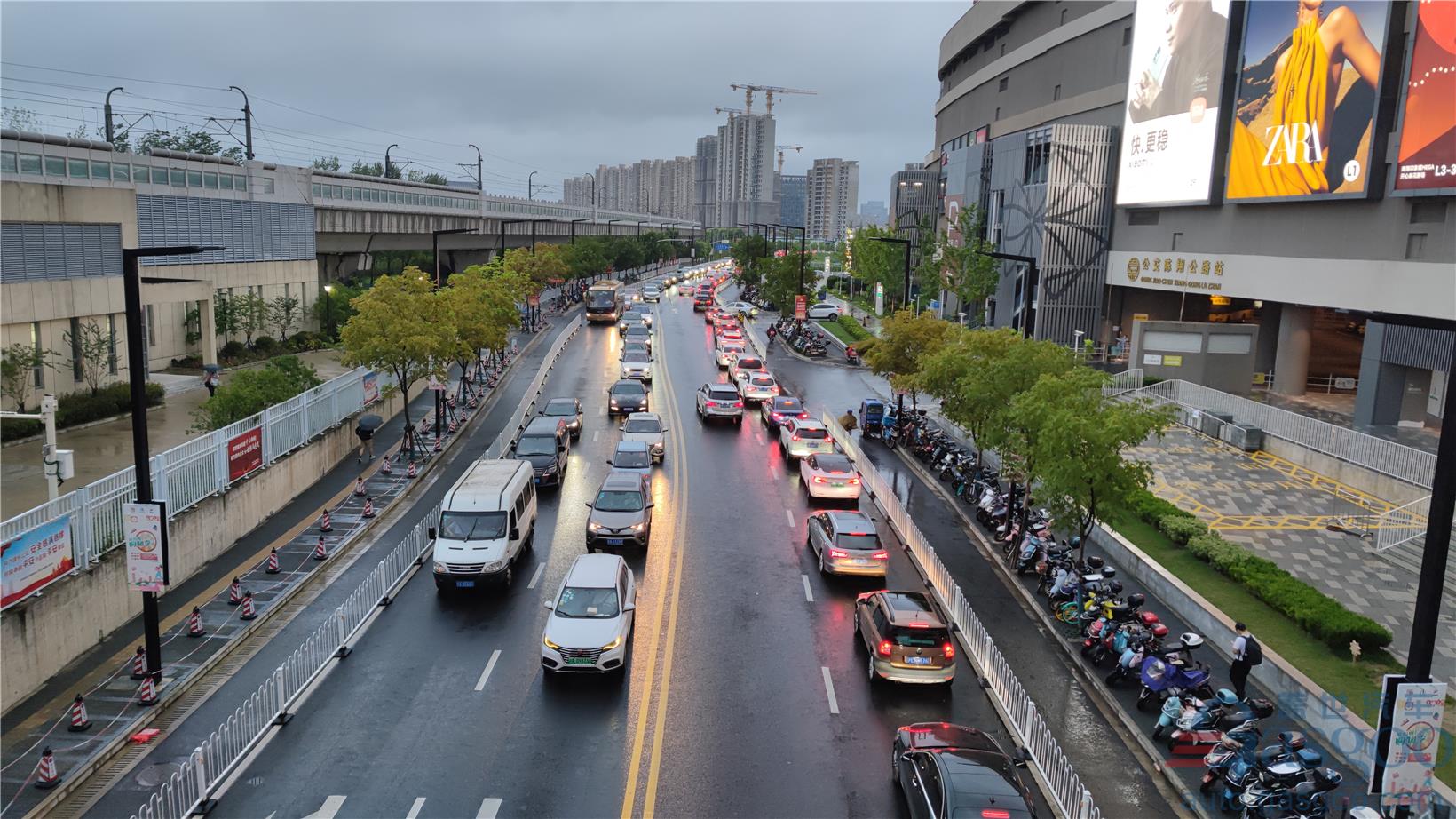China Automobile Dealers Inventory Alert Index Shows Increase in July 2024
Shanghai (Gasgoo)- The China Automobile Dealers Association (“CADA”) recently released the latest “China Automobile Dealers Inventory Alert Index” (VIA), revealing that in July 2024, the VIA for Chinese automobile dealers reached 59.4%. This represents a 1.6 percentage point increase compared to the previous year but a 2.9 percentage point decrease from the previous month.
The index is above the boom-bust threshold, indicating that the automobile circulation industry is currently experiencing a slowdown.

In July, which is traditionally considered an off-season for car sales, overall performance remained stable. Recent announcements by automakers, such as BMW, to withdraw from price wars in the Chinese auto market led to a rebound in new car prices and caused consumers to delay their purchases. The promotional activities in June and mid-year sales had already stimulated some demand, according to CADA. Extreme weather conditions and factory holidays also contributed to a slowdown in dealership sales activities. However, the increase in summer travel and incentives from the trade-in policy injected new energy into the market, encouraging consumer spending. It is estimated that retail sales of passenger vehicles in China will reach around 1.75 million units in July, remaining relatively flat compared to June.
When looking at the indices by brand type, the VIAs for luxury & imported brands, joint-venture brands, and China’s self-owned brands saw month-on-month decreases of 12.8 and 0.6 percentage points, reaching 53.6% and 60.2%, respectively. However, the index for China’s self-owned brands increased slightly by 0.3 percentage points to 61.8%.
The CADA predicts that August will be a stable period for the car market, with overall performance expected to be lower than in July. As automakers move away from price wars, retail prices are gradually recovering. In late July, China’s National Development and Reform Commission (NDRC) introduced measures to support large-scale equipment upgrades and the trade-in of consumer goods, including cars. The increased subsidies for the auto trade-in policy aim to boost market activity. With these policies taking effect, further improvements in the market are anticipated.







